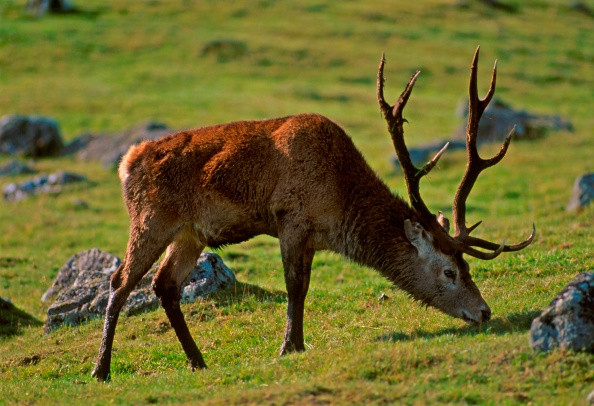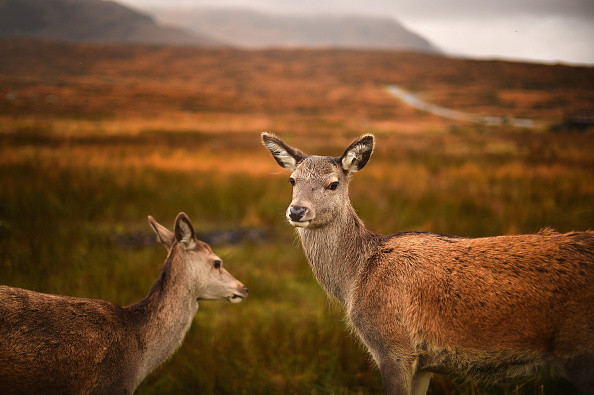Mystery Neolithic tribe introduced red deer to Scottish Islands by boat

For more than 50,000 years, humans have played an essential role in fauna redistribution. The latest example of this is the red deer, which was introduced on Scottish Islands by Neolithic people, who most likely brought it from distant, foreign lands by boat.
In a study, published in the Proceedings of the Royal Society B, scientists examined deer DNA sequences to characterise the animal's genetic diversity across the Scottish islands. They found that the deer population there is unlikely to have originated from mainland Scotland, or even from a little farther afield, such as Ireland or Norway.
Analysing deer samples
For humans, deer have long represented a source of food and material, and the species can be found throughout Europe. In this study, the team selected 74 red deer bone samples, from a range of insular and mainland archaeological sites in Scotland. Sites were chosen because they represented accurately the spatial and chronological distribution of the animal over the last 7,500 years.

The scientists then compared DNA sequences from the different samples, also including samples collected in previous studies in Norway, Ireland and Italy. This allowed them to check whether the red deer found in Scottish islands could have originated from any of these locations. The results were negative.
"It has previously been suggested that the outer Scottish Isles are located too far from mainland Scotland for them to have been colonised naturally by red deer. Our results support this hypothesis, but also indicate that Neolithic humans introduced red deer into the outer Scottish Isles from an unknown origin of a greater distance than previously suggested," the scientists underlined.
Colonisation by boat?
In the second part of their study, the scientists tried to explain how the deer had been able to reach Scottish islands. The research suggests some groups of animals could have naturally expanded across Europe. However, to reach insular Britain, they may have been brought from afar by boat, possibly from other regions in the south of Europe, by Neolithic populations.
More research is needed to pinpoint the exact location, and the scientists recommend that future studies focus on analysing DNA samples coming from all around Europe. To get more precise results, they also say that an increase in the number of samples and DNA sequences used is needed.
© Copyright IBTimes 2025. All rights reserved.






















